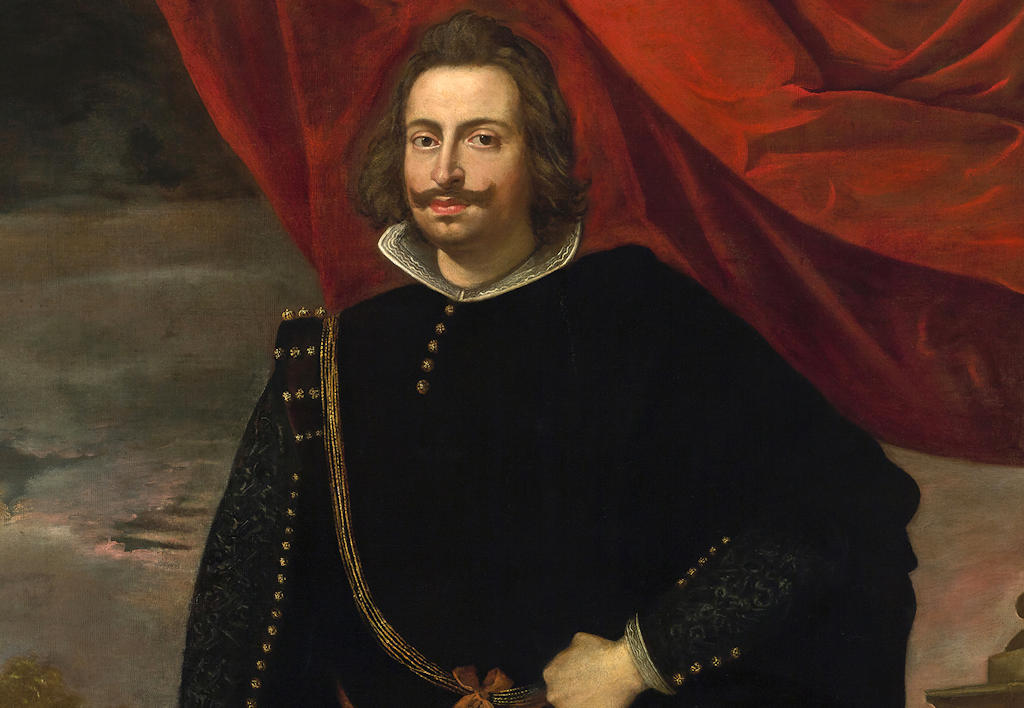In 1633, John married Luisa de Guzmán, the eldest daughter of Juan Manuel Pérez de Guzmán, the 8th Duke of Medina Sidonia. Described as having blonde hair and of average height, John was known for his intelligence and leadership qualities.
John IV's accession to the throne came as a result of a revolution organized by the Portuguese nobility and bourgeoisie. Under the rule of Philip III of Spain (Philip II of Portugal), Portugal experienced increased taxes, loss of influence for the Portuguese nobility, and the occupation of government posts by Spaniards. Philip III's attempts to make Portugal a Spanish province led to discontent among the Portuguese elites.
On December 1, 1640, the revolution took place. Known as the Portuguese Restoration, it saw the killing of the Secretary of State, Miguel de Vasconcelos, and the imprisonment of Margaret of Savoy, the Vicereine of Portugal. With popular support, John, the 8th Duke of Braganza, was acclaimed as King John IV of Portugal. He claimed legitimate succession through his grandmother Catherine, Duchess of Braganza.
The Portuguese Restoration War followed John IV's accession to the throne. Portugal signed alliances with France and Sweden and fought against Spain and Dutch encroachments on Portuguese colonies. Although Portugal was involved in the Thirty Years' War and faced challenges on various fronts, including conflicts with Spain, the Dutch, and Oman, the Portuguese managed to regain territories such as Luanda in Angola and northern Brazil.
Lisbon.vip Recommends
During his reign, John IV proclaimed Mary, in her conception as the Immaculate Conception, the Patroness of Portugal. This proclamation was based on the doctrine that had been debated for centuries and was finally established by a papal bull in 1616. The iconography of the Immaculata was established in 1649 by Francisco Pacheco, a Spanish artistic advisor to the Inquisition.
John IV and Luisa de Guzmán had several children together. However, some of their children were born and died before John became king and, therefore, were not considered heirs to the throne of Portugal.
King John IV of Portugal passed away in 1656 and was succeeded by his son Afonso VI. His daughter Catherine of Braganza went on to marry King Charles II of England. John IV left a legacy as the restorer of Portuguese independence, a patron of the arts, and a promoter of religious devotion to the Immaculate Conception in Portugal.His reign marked a significant turning point in Portuguese history and set the stage for the subsequent expansion and influence of the Portuguese Empire.



